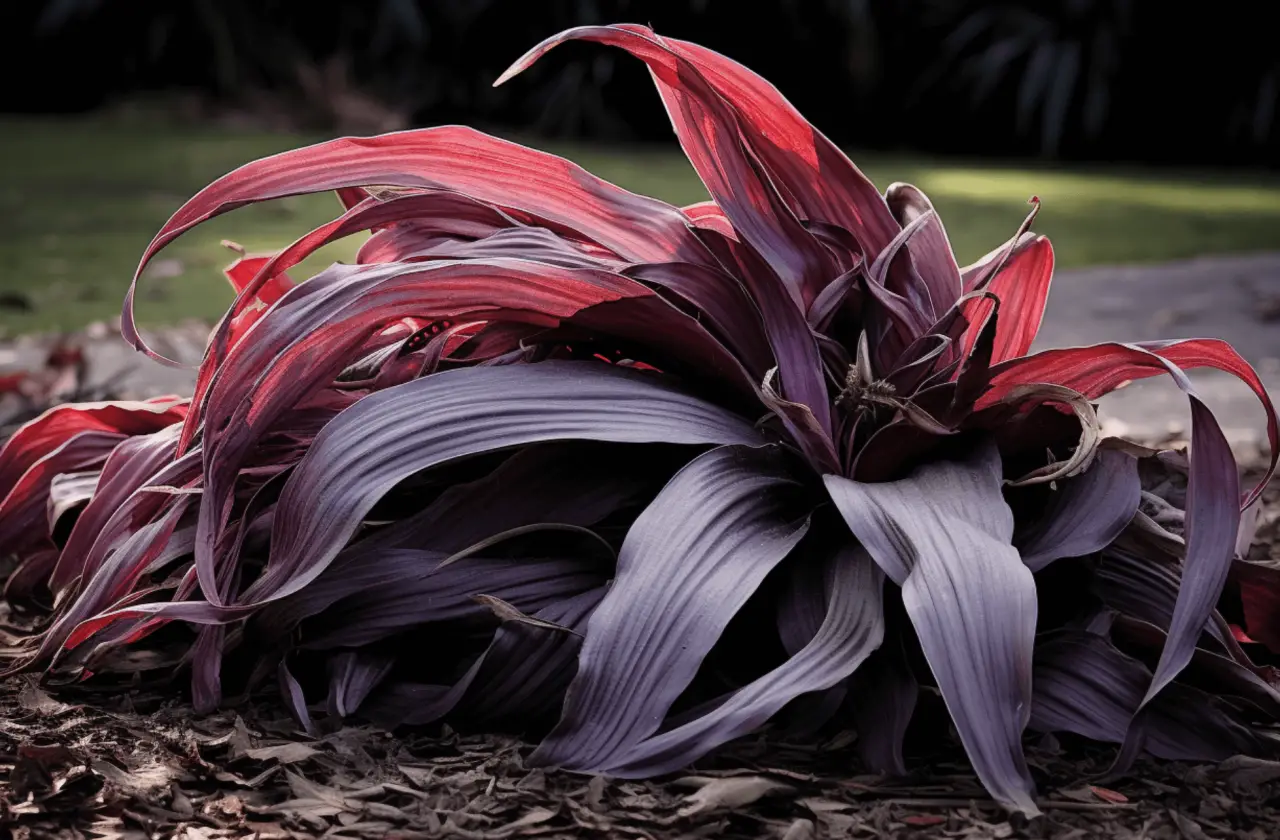How to Revive a Dying Cordyline: A Comprehensive Guide

Introduction
Bearing an aura of tropical allure, the Cordyline plant graces our gardens and homes with its lush, evergreen leaves – one of our favourites is the Cordyline ‘Tango’ variety. But what happens when you need to revive a dying Cordyline?
From browned leaves to slime flux and pests, in this article, we’ll discuss how to revive a dying Cordyline, so you can breathe new life into your beloved plant.
Identify the Problem
If you’re looking for how to revive a Cordyline, then the first step is to identify what might be causing it distress. The symptoms displayed by your Cordyline, whether it’s dead leaves, discolouration, or spots, can be clues to the underlying problem. Some common issues include overwatering, underwatering, cold damage, and pest infestations.
Watering: Striking the Right Balance
Cordyline plants like a good drink, but just as with us, too much of a good thing can be detrimental. Overwatering can lead to root rot, a fungal condition that is often fatal if not addressed promptly. On the other hand, underwatering can leave your plant parched and stressed.
Ideally, your Cordyline’s soil should be kept moist, but not waterlogged. A well-draining soil mix can help achieve this balance. If your Cordyline is suffering from overwatering, reduce watering frequency, and ensure the plant is in a well-draining pot. If the plant is underwatered, regular, deeper watering sessions can help.
Cold Weather: A Potential Threat
Cordyline is a tropical plant, meaning it doesn’t appreciate the cold. If exposed to freezing temperatures for extended periods, your Cordyline can suffer from frost damage. This often manifests as discoloured, drooping leaves.
To protect your Cordyline during the winter, move it indoors during the winter if it’s in a pot. For outdoor plants, wrapping the trunk and leaves in horticultural fleece can provide some protection.
Cordyline’s Ideal Environment
Providing the right environment is critical for Cordyline’s health. Cordylines prefer bright, indirect light. Too much direct sunlight can scorch the leaves, while too little light can lead to leggy growth.
Additionally, they like humid environments. If your home is dry, especially during winter, consider using a humidity tray or a humidifier to increase moisture levels.
Steps to Help Revive Your Cordyline
Reviving a dying Cordyline requires some dedication, but with a bit of persistence, your plant can bounce back. Here are the steps to take:
Pruning
Begin by removing any damaged or diseased plant parts. This can help stop the spread of disease and allow the plant to focus its energy on new growth. If your Cordyline australis has received serious winter damage and the top has gone brown, then you will need to prune hard.
Although it seems drastic, you will need to cut off the top of your plant in its entirety to stop damage from spreading to the rest of the plant, do not worry though – new green shoots will start to appear from lower down the plant in no time.
Adjust Watering
Make sure you’re undertaking regular watering with your plants. Remember, the soil should be kept moist, but not waterlogged as that can cause root rot.
Checking for Pests
Another common issue with Cordylines is pests, including spider mites and scale insects. These pests suck the sap from the leaves, leading to discolouration and wilting. If you notice small, discoloured patches on the leaves or a sticky residue, your plant might be infested with pests. In such cases, removing the problems manually or using an appropriate insecticide can help get rid of them.
Repotting
If the plant is suffering from root rot due to overwatering, you may need to repot the plant. When doing this, remove as much of the old, wet soil as possible, and replace it with fresh, well-draining soil.
Temperature Control
Make sure the plant is kept at a suitable temperature. Remember, Cordylines don’t tolerate frost well and are naturally more of a tropical plant. If possible, it’s always worth bringing your plant indoors during harsh winters, especially in the UK.
Nutrition Boost
Feeding your Cordyline a balanced, slow-release fertiliser during the growing season can help it recover and encourage new growth. Using a good organic-rich mulch in May will help to ensure that you have a slow release of healthy nutrients throughout the year and in some cases you may want to supplement with a liquid plant feed in the height of Summer.
When to Seek Professional Help
If you’ve tried everything and your Cordyline still shows signs of distress, it might be time to seek help from a professional horticulturist. They can diagnose more complex issues and provide treatment plans.
Cordyline Frequently Asked Questions
Why are the leaves on my Cordyline turning yellow?
Can a Cordyline come back from root rot?
Is Cordyline a good indoor plant?

What pests affect Cordyline?
How do I protect my Cordyline in winter?
Conclusion
There’s something special about nurturing a plant back to health. The journey may require patience and effort, but the result—a thriving, healthy Cordyline—is rewarding in every sense. Remember, plants sometimes take time to recover, so don’t be disheartened if progress seems slow. Your Cordyline can bounce back to its glorious best with the right care and conditions. If you’re also having similar issues with a conifer in your garden, then why not read our blog about how to revive a brown conifer?





